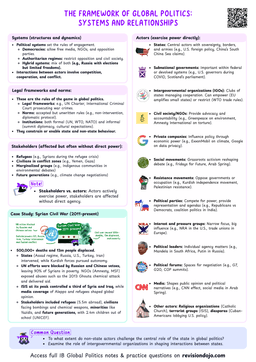Defining Poverty

1. Absolute Poverty:
Absolute poverty
Absolute poverty refers to a condition where people do not have enough resources to secure the basic essentials for survival, including food, safe water, shelter, and healthcare. It is measured against a fixed threshold such as the World Bank’s $2.15 per day standard.
- A condition where individuals lack the basic necessities for survival, such as food, clean water, shelter, and healthcare.
- Measurement: Often defined by the World Bank as living on less than \$2.15 per day (as of 2022).
- This threshold is adjusted for purchasing power parity (PPP) to account for differences in the cost of living across countries.
2. Relative Poverty:
Relative poverty
Relative poverty describes a situation where people possess fewer resources than the average in their society, which restricts their ability to take part fully in normal social and economic activities. It highlights inequality within a specific context rather than survival itself.
- A condition where individuals lack the resources to participate fully in the society in which they live.
- Measurement: Often defined as living below a certain percentage (e.g., 50%) of a country's median income.
- In the European Union, relative poverty is measured as living on less than 60% of the median national income.
3. Multidimensional Poverty:
Multidimensional poverty
Multidimensional poverty refers to poverty that goes beyond just income levels, capturing multiple deprivations people face in their daily lives. It includes limited access to education, healthcare, clean water and sanitation, housing, and basic living standards.
- A broader concept that considers multiple deprivations, such as education, health, and living standards.
- Measurement: The Multidimensional Poverty Index (MPI) developed by the United Nations Development Programme (UNDP) and the Oxford Poverty and Human Development Initiative (OPHI) is a key tool for assessing this form of poverty.
- When analyzing poverty, consider both quantitative measures (e.g., income levels) and qualitative dimensions (e.g., access to education and healthcare) to gain a comprehensive understanding.
Causes of Poverty
- Economic Factors:
- Unemployment and Underemployment: Lack of job opportunities or low-paying jobs trap individuals in poverty.
- Inequality: Unequal distribution of wealth and resources exacerbates poverty.
- Globalization: While it can create opportunities, globalization can also lead to job losses in certain sectors and increase economic vulnerability.
- Political Factors:
- Governance and Corruption: Weak institutions and corruption can hinder economic development and the equitable distribution of resources.
- Conflict and Instability: War and political instability disrupt economies and displace populations, leading to poverty.
- Social Factors:
- Education and Skills: Lack of access to quality education limits economic opportunities.
- Discrimination: Marginalized groups, such as women and ethnic minorities, often face barriers to economic participation.
- Environmental Factors:
- Climate Change: Extreme weather events and environmental degradation can destroy livelihoods, particularly in agriculture-dependent communities.
- Resource Scarcity: Limited access to natural resources, such as water and arable land, exacerbates poverty.
- Poverty is a complex and multifaceted issue, often resulting from the interplay of multiple factors rather than a single cause.
- Key Theorist: Amartya Sen (1933- )
- Indian economist known for capability theory, arguing that development should be measured by individual freedoms and capabilities, not just by GDP.
- His ideas were shaped by witnessing the Bengal famine (1943) as a child, leading him to argue that famine results from unequal food distribution, not food scarcity.
Measuring Poverty
1. Income-Based Measures:
- Poverty Line: A threshold below which individuals are considered poor. This can be absolute (e.g., \$2.15 per day) or relative (e.g., 50% of median income).
- Gini Coefficient: A measure of income inequality within a population, ranging from 0 (perfect equality) to 1 (perfect inequality).
2. Multidimensional Measures:
- Multidimensional Poverty Index (MPI):
- Assesses poverty across three dimensions: health, education, and living standards.


